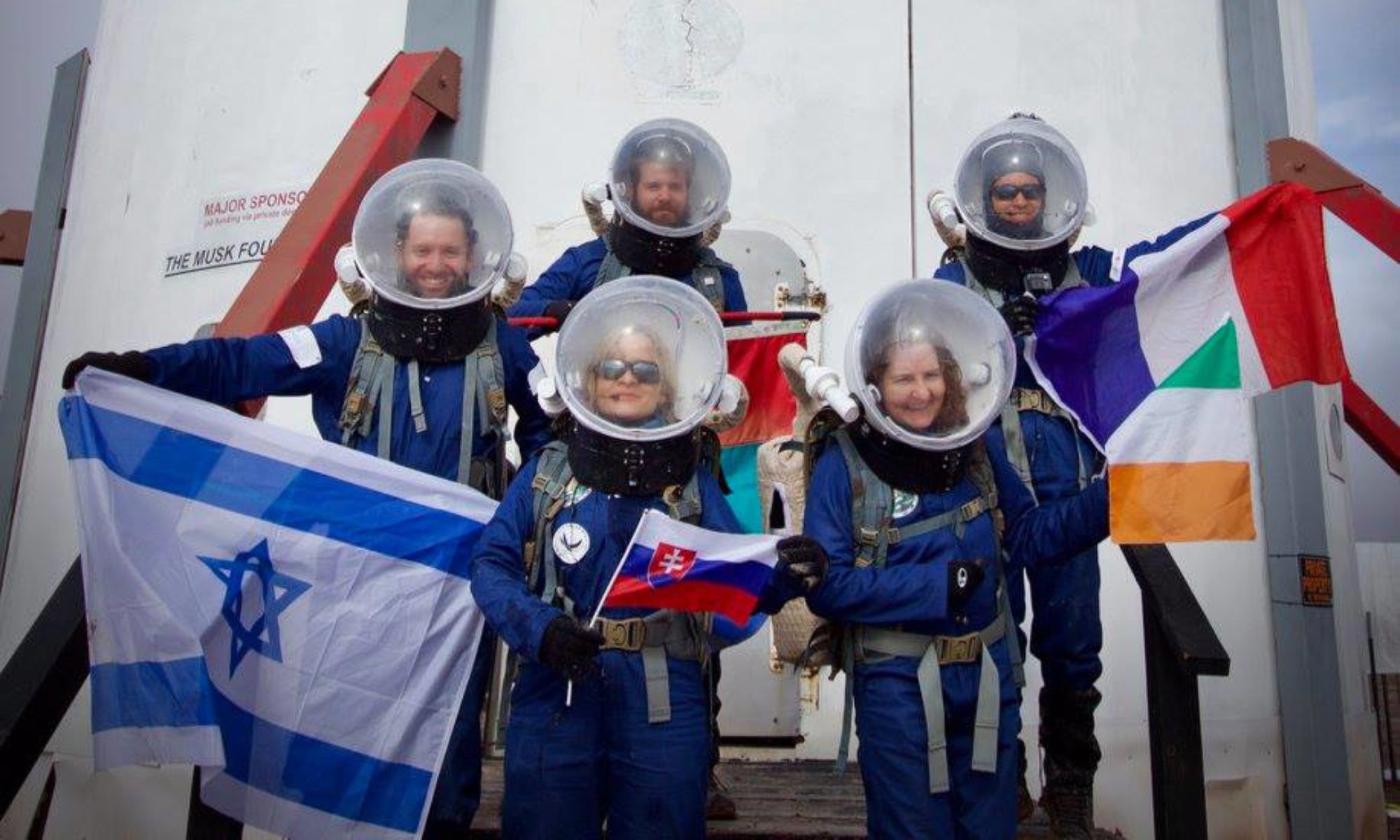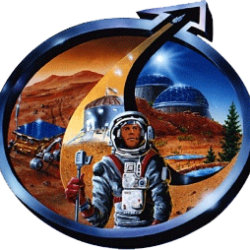Crew 279 Journalist Report 03APR2023
Journalist report : Aglaé Sacré
SOL1 : Arrival on Mars
Last night, our ship finally arrived on the planet Mars.
After a first visit to our Crew Health and Safety to fill a questionnaire about our feelings this morning and an analysis of our sleep via an application, we had our first Martian breakfast before leaving for the first spacewalk.
Despite the wind, half of the team went for a first outing to test the rover and to acclimatize to the suits and the spacesuit but also to learn how to handle the talkie which allows the communication between the station and the crew members outside but also between the crew members during the outing. They went to the Marble ritual.
After an hour of walking in the surroundings of the station, the 4 astronauts returned, and it was only after a five-minute depressurization that they could enter the station.
During this time, the other part of the team has been working on the inventory of the food present in the station to establish the menus and the quantities for the next two weeks.
It’s already time for our first dinner in the station, Ttele and Aglaé are the first to go behind the stove. On the menu of the day, rice with freeze-dried vegetables, a real success for the first time.
During the afternoon, we could start working on our personal experiences.
Our Green Hab Officer harvested the first tomatoes in the greenhouse that we will eat tonight. We also built a 3D printer that will be used for some experiments.
The experiment on the influence of music on stress has also started, a part of the team spent a quiet moment with their favorite music to calculate the impact of this music on their stress.
At 7pm it is already time to send all our reports to the base to ensure the smooth running and the good maintenance of the station. We are also planning tomorrow’s spacewalks.
On the menu tonight, sweet potato and vegetables!
Conclusion of this day: a first day rich in discoveries, our experiments are starting, and we are eager to see how they will evolve.

